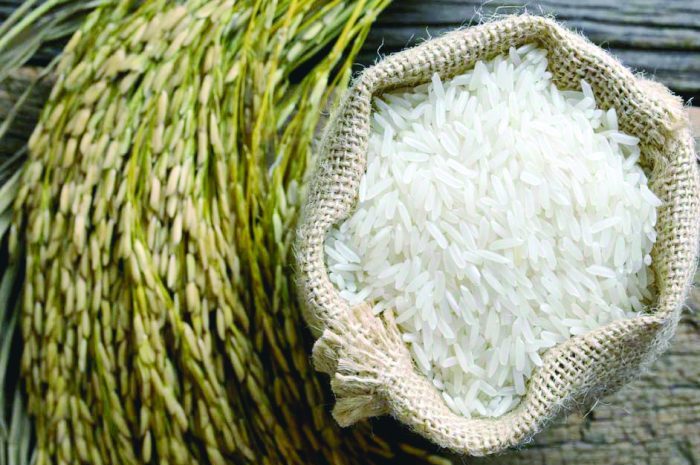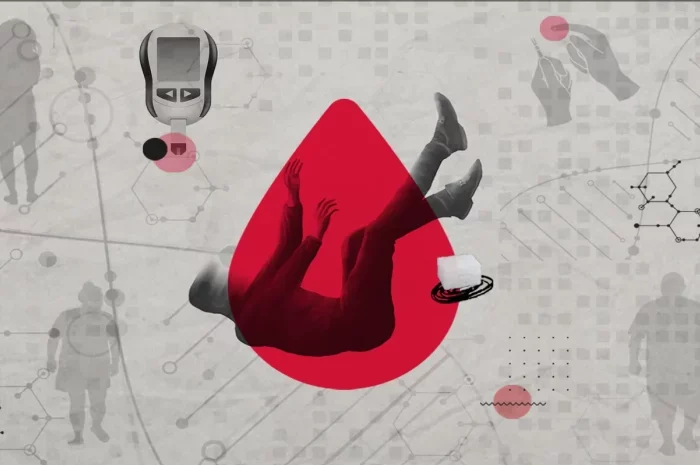Managing diabetes effectively requires careful consideration of the types of carbohydrates consumed. For individuals with type 1 diabetes, maintaining blood glucose levels within the target range is crucial. Rice, a staple food in many cultures, is often scrutinized for its impact on blood sugar. This article explores the varieties of rice that can be included in a diabetic-friendly diet and provides insights into their nutritional profiles, glycemic indices, and potential benefits and drawbacks for those managing type 1 diabetes.
Understanding Carbohydrates and Glycemic Index
Carbohydrates are a primary source of energy, but they have a significant impact on blood sugar levels. The glycemic index (GI) is a useful tool for diabetics, as it measures how quickly a carbohydrate-containing food raises blood glucose levels. Foods with a high GI are rapidly digested and absorbed, leading to a quick spike in blood sugar. Conversely, foods with a low GI are digested more slowly, resulting in a gradual rise in blood sugar levels.
Types of Rice and Their Glycemic Indices
White Rice
White rice is the most commonly consumed variety but has a high GI, typically around 70-80. This means it can cause a rapid increase in blood sugar levels, making it less suitable for diabetics. The processing of white rice removes the bran and germ, leading to a loss of fiber, vitamins, and minerals, and increasing its GI.
Brown Rice
Brown rice is a whole grain that retains the bran and germ, resulting in a lower GI of around 50-55. The higher fiber content in brown rice slows down digestion, leading to a more gradual increase in blood sugar. Brown rice also provides essential nutrients like magnesium, which plays a role in insulin sensitivity and glucose metabolism.
Basmati Rice
Basmati rice, particularly the brown variety, has a lower GI (around 50-58) compared to other white rice types. It has a unique aroma and flavor and is a good option for diabetics due to its moderate GI and nutritional benefits. Brown basmati rice retains more fiber and nutrients than its white counterpart.
Black Rice
Black rice, also known as forbidden rice, has a low to moderate GI of around 42-45. It is rich in antioxidants, particularly anthocyanins, which have anti-inflammatory and anti-cancer properties. The high fiber content and low GI make black rice a suitable choice for diabetics.
Red Rice
Red rice has a similar GI to brown rice, typically around 55. It is rich in fiber, antioxidants, and essential nutrients. The presence of anthocyanins gives red rice its color and contributes to its health benefits, including improved blood sugar control and reduced risk of cardiovascular disease.
Wild Rice
Wild rice is technically not rice but a type of grass seed. It has a low GI of around 45-50 and is high in protein, fiber, and essential nutrients like magnesium, zinc, and phosphorus. Its nutritional profile and low GI make wild rice a beneficial addition to a diabetic diet.
Nutritional Benefits of Rice Varieties
Fiber Content
Fiber is crucial for diabetics as it slows down the absorption of glucose, helping to manage blood sugar levels. Whole grain rice varieties like brown, black, and red rice are high in dietary fiber compared to white rice.
Antioxidants
Black and red rice are particularly rich in antioxidants, which can help reduce oxidative stress and inflammation in the body. This is beneficial for diabetics, who are at higher risk of cardiovascular diseases.
Essential Nutrients
Whole grain rice varieties provide essential nutrients such as magnesium, zinc, and B vitamins, which are important for overall health and can help improve insulin sensitivity and glucose metabolism.
Practical Tips for Including Rice in a Diabetic Diet
Portion Control
Even low-GI rice can affect blood sugar if consumed in large quantities. Portion control is key. A typical serving size is about 1/2 cup of cooked rice, which provides around 15 grams of carbohydrates.
Pairing with Other Foods
Combining rice with protein, healthy fats, and non-starchy vegetables can help lower the overall GI of the meal and provide a balanced nutrient profile. For example, pairing brown rice with grilled chicken and a side of vegetables can be a balanced, diabetic-friendly meal.
Cooking Methods
The way rice is cooked can also affect its GI. Cooking rice until it is al dente (firm to the bite) rather than overcooked can help lower its GI. Additionally, allowing cooked rice to cool and then reheating it can form resistant starch, which acts like fiber and can help lower blood sugar levels.
Rice Alternatives for Diabetics
Quinoa
Quinoa is a high-protein, gluten-free grain with a low GI of around 53. It is a good alternative to rice for diabetics due to its high fiber and protein content, which help manage blood sugar levels.
Barley
Barley has a low GI of around 25 and is high in fiber, particularly beta-glucan, which helps regulate blood sugar levels. It can be used as a substitute for rice in various dishes.
Bulgur
Bulgur, a whole grain made from cracked wheat, has a low GI of around 48 and is rich in fiber and nutrients. It can be a suitable alternative to rice in salads, pilafs, and other dishes.
See also: What’s the 3 P’s in Type 1 Diabetes
Conclusion
Choosing the right type of rice is important for diabetics to maintain stable blood sugar levels. Whole grain varieties like brown, black, red, and wild rice offer lower glycemic indices, higher fiber content, and essential nutrients that can benefit those with type 1 diabetes. Portion control, pairing rice with other nutrient-dense foods, and mindful cooking methods can further help in managing blood sugar levels effectively. Exploring alternatives like quinoa, barley, and bulgur can also provide variety and additional health benefits. With careful planning and consideration, rice can be included in a balanced and diabetic-friendly diet.
Related topics:



























